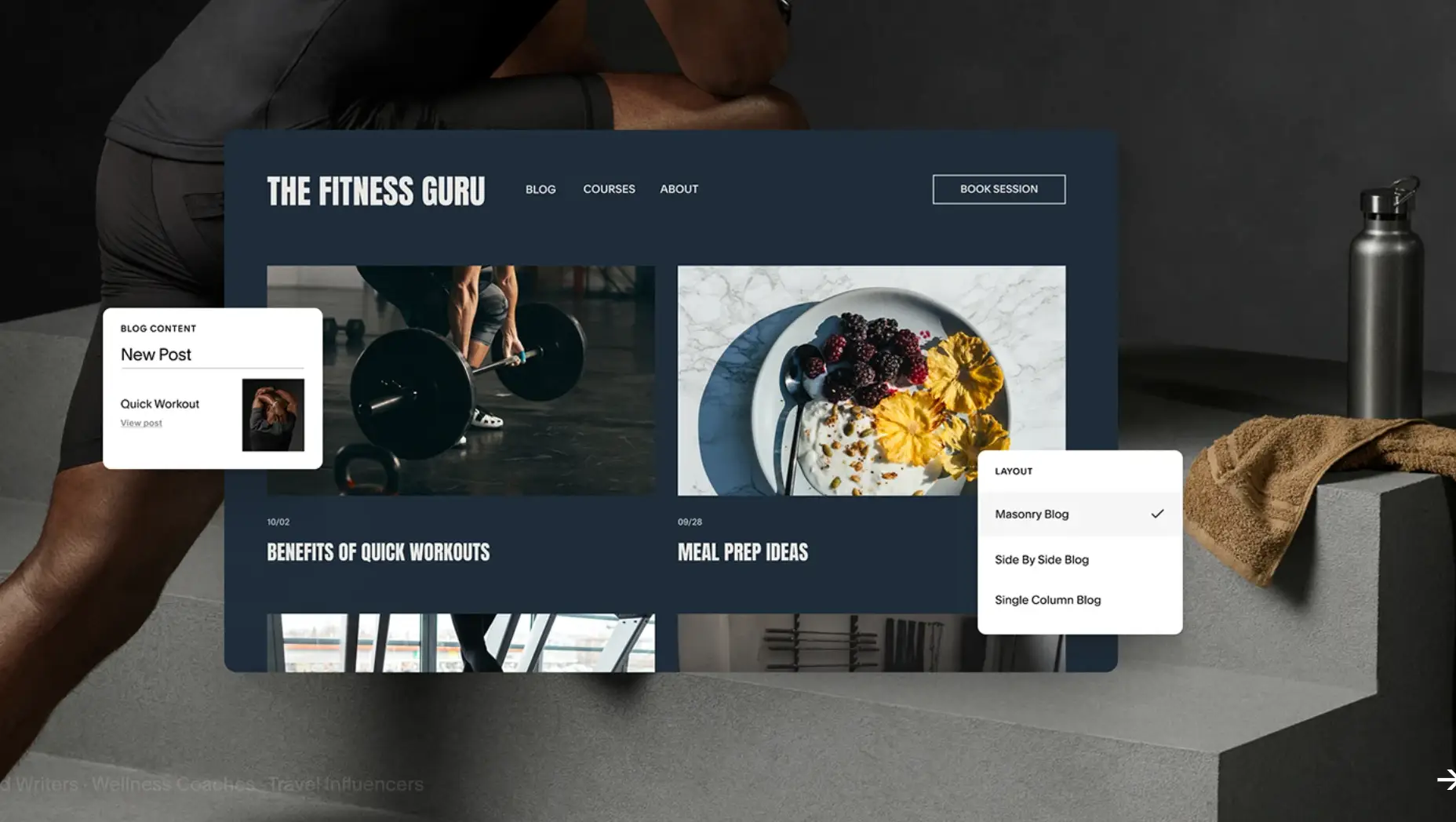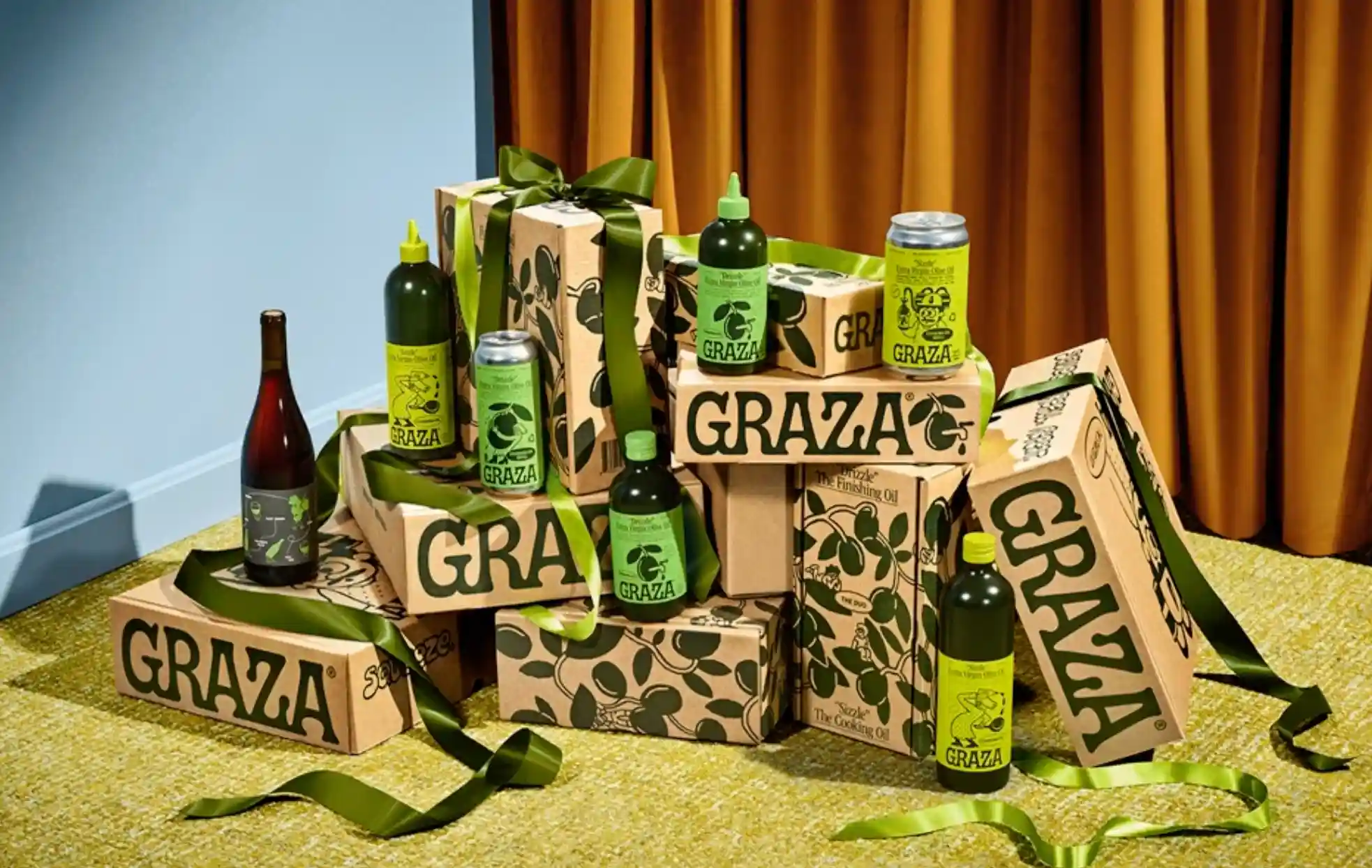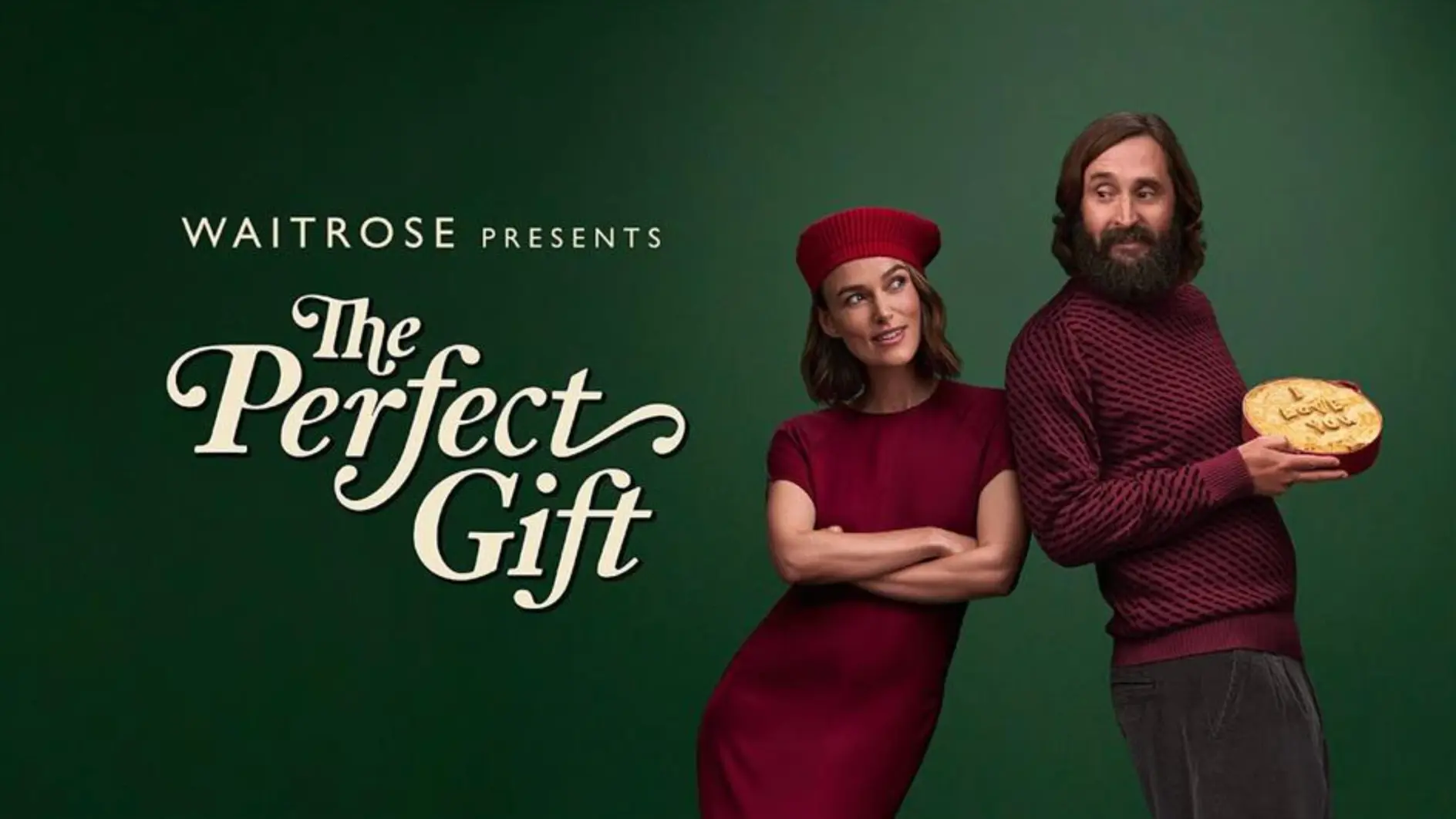Most Successful Entrepreneurial YouTubers: Youngest YouTubers Turned CEOs
Updated on
Published on
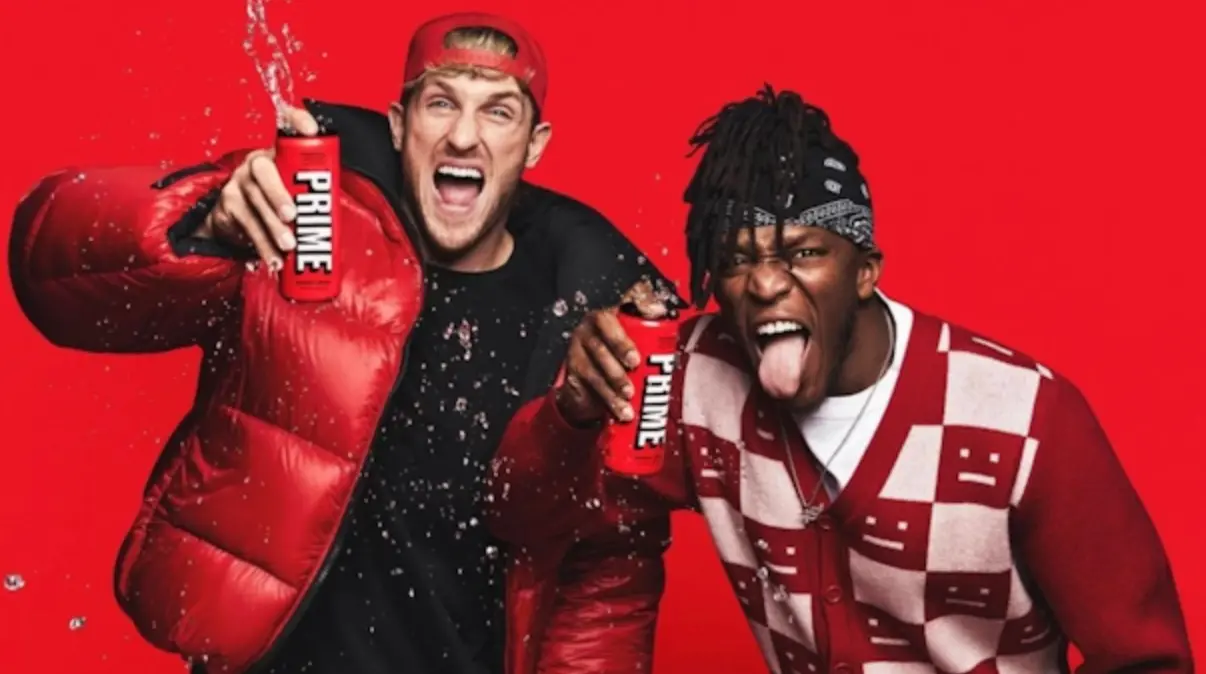
The most successful entrepreneurial YouTubers didn’t just stop at racking in views—they turned audience trust into products, equity, and real companies. From snack empires and beverage unicorns to media holdings and cosmetics lines, these creators built businesses that outgrew their channels and, in some cases, rewired entire categories. Below, meet the leaders who set the pace for YouTubers with successful businesses, plus the youngest YouTubers turned CEOs who prove you’re never too early to start.
At a glance — the power list
- MrBeast (Jimmy Donaldson) — Feastables chocolate, wide-ranging “Beast Industries” bets; 2025 earnings leader among creators. (Forbes Top Creators 2025)
- Logan Paul & KSI — PRIME Hydration scaled with nine-figure sports deals; massive early retail sales before a 2025 cool-down in some markets. (Tubefilter)
- Emma Chamberlain — Chamberlain Coffee raised institutional capital, expanded into big-box retail. (PitchBook)
- Rhett & Link (Mythical) — Built Mythical Entertainment; bought Smosh in 2019, later sold it back while retaining a stake. (Variety 2023)
- Markiplier (with Jacksepticeye) — CLOAK apparel launched as a gamer lifestyle brand with major collabs. (Forbes)
- Dude Perfect — Family-friendly sports empire with a $100M+ growth push and a planned $100M destination park. (Sports Business Journal)
- Michelle Phan — YouTube beauty pioneer who reacquired and relaunched EM Cosmetics. (FashionNetwork)
- Ryan Kaji (Ryan’s World) — Toy and licensing empire built before middle school; classic case of youngest YouTubers turned CEOs via family-run company. (TIME, Forbes)
- Like Nastya (Anastasia Radzinskaya) — Global kids’ franchise with eight-figure earnings and multi-channel brand extensions. (Business Insider)
- Smosh (Anthony Padilla & Ian Hecox) — Creator-owned comedy studio 2.0 after buying back their brand and relaunching. (Variety)
MrBeast — the benchmark for most successful entrepreneurial YouTubers
Jimmy Donaldson’s model is simple and ruthless: build attention engines, convert to owned brands, and reinvest faster than everyone else. His formula makes him one of the richest YouTubers of all time (read more about him and the others that made that list here.) Feastables turned creator hype into grocery-aisle reality, while his broader “Beast Industries” portfolio now spans consumer products and even exploratory fintech filings. Even with the wind-down of the MrBeast Burger ghost-kitchen experiment, his growth arc—and top earnings—keep him the reference point for YouTubers with successful businesses. (Forbes Top Creators 2025, Business Insider)
- Playbook: Own the product, own the shelf, and keep the flywheel spinning with bigger stunts.
- Risk: Scale exposes brand control issues—quality partners are non-negotiable.
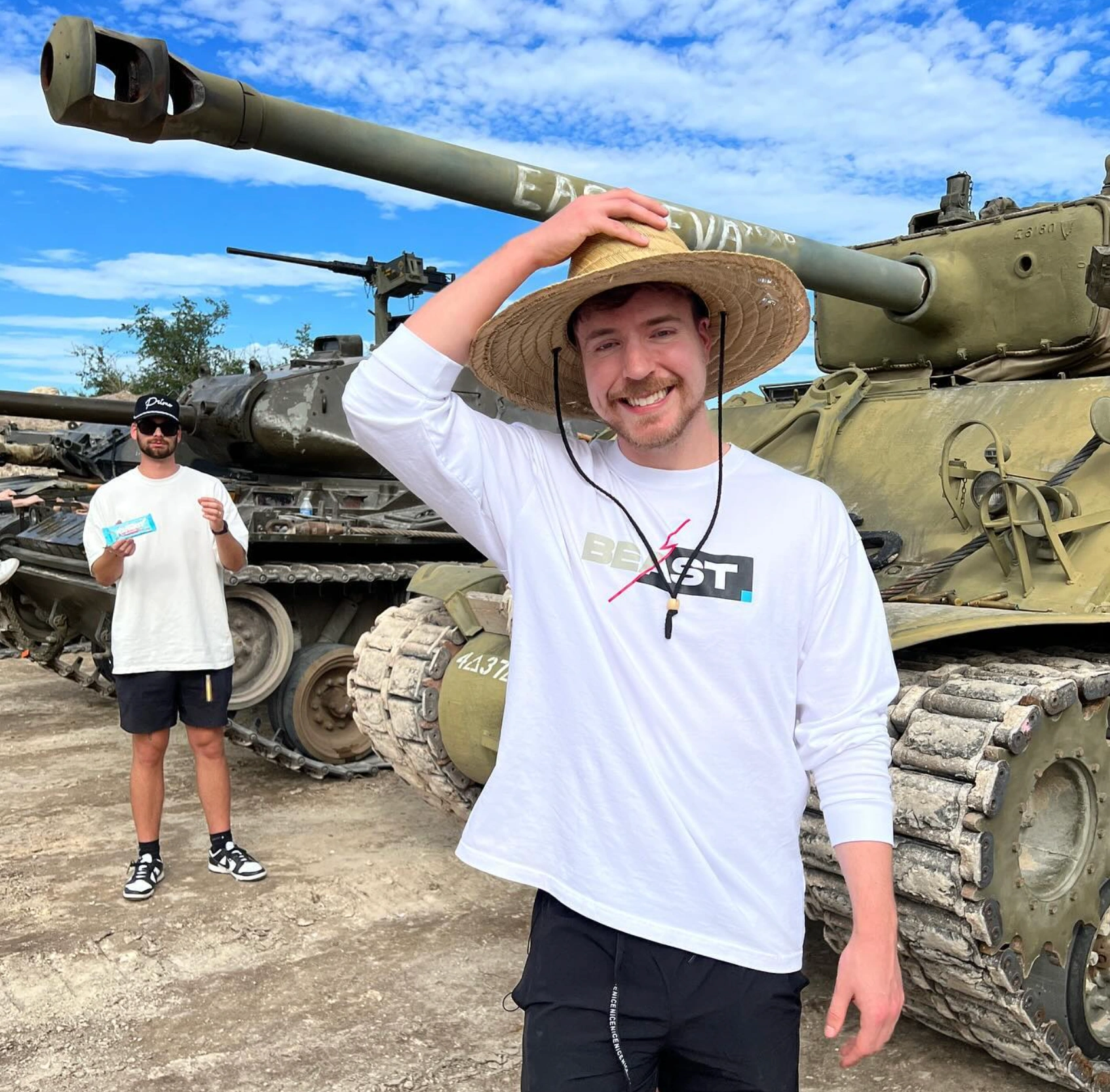
Logan Paul & KSI — PRIME Hydration’s rocket ride
PRIME became the case study for creator beverages: viral scarcity, elite sports partnerships, and rapid retail scale. As the brand matured, growth cooled in some markets and legal friction appeared, but the category footprint and WWE/UFC visibility cement its run among the most successful entrepreneurial YouTubers. The lesson is velocity: creators can move pallets, not just posts. (AP News, Reuters)
- Strength: Sports IP turned bottles into badges.
- Watch-out: Sustaining repeat purchase after the hype cycle.
Emma Chamberlain — coffee as a community brand
Chamberlain Coffee shows how a lifestyle channel can evolve into a shelf brand with real distribution and venture backing. The company has raised multiple rounds and expanded beyond DTC into national retailers, translating vibe into velocity. Among YouTubers with successful businesses, this is the cleanest play for creator-led CPG that lasts. (PitchBook, Tracxn)
- Edge: Affinity + everyday ritual equals durable repeat.
- Scale unlock: RTD formats and multi-retail presence.
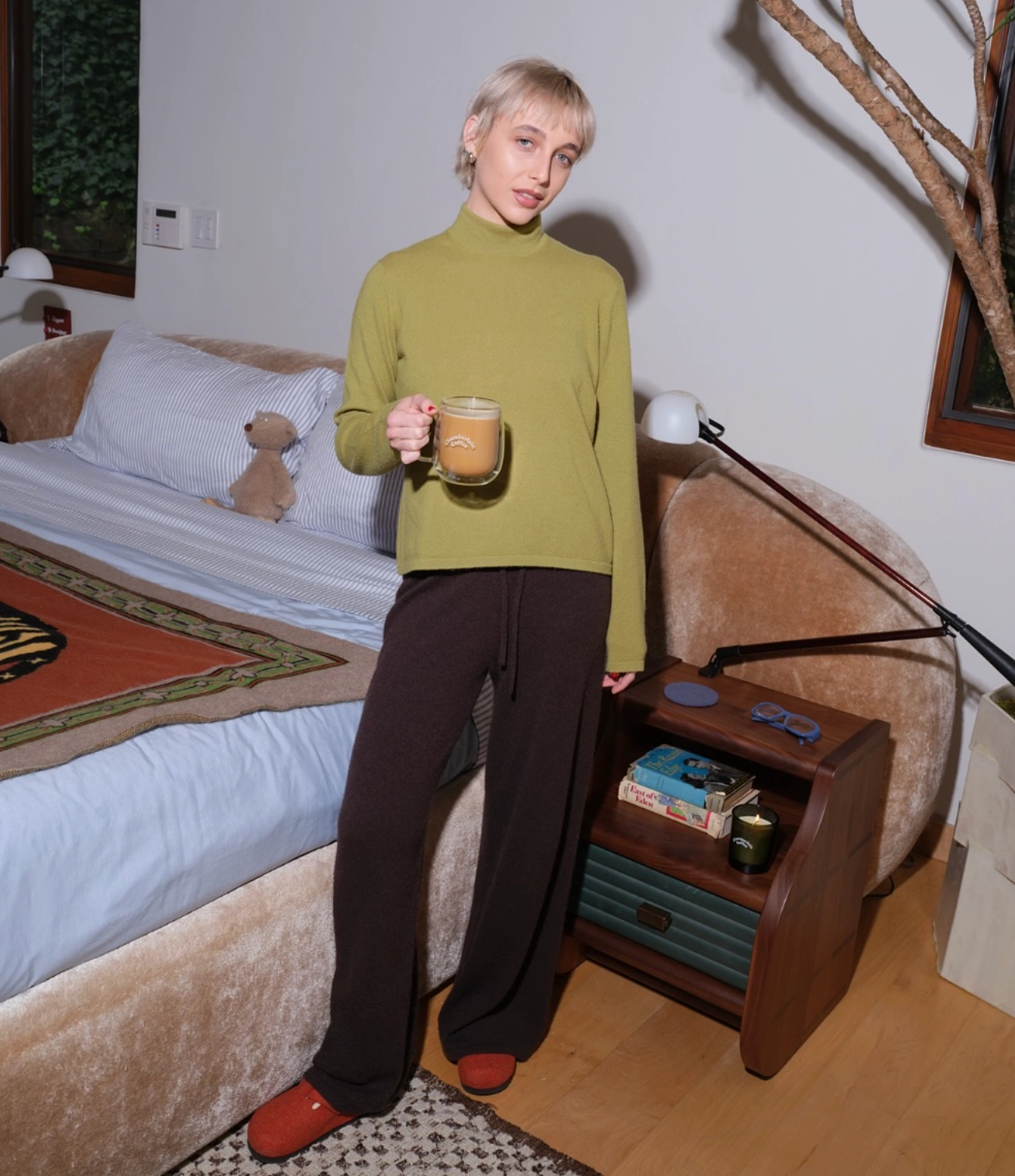
Rhett & Link — Mythical as a modern studio
Mythical turned a daily show into a creator-owned studio that buys and sells digital IP. They rescued Smosh in 2019, professionalized the brand, then sold it back to its founders while keeping a stake—a savvy move that shows how creators can act like media investors. That puts them firmly among the most successful entrepreneurial YouTubers building durable companies, not just channels. (Variety 2019, Variety 2023)
- Lesson: IP doesn’t just entertain; it appreciates.
- Next step: Book, podcast, and publishing flywheels.
Markiplier (with Jacksepticeye) — CLOAK’s gamer lifestyle bet
CLOAK launched to serve a massive but underserved niche: apparel designed by and for gamers. With collaborations spanning Minecraft and Five Nights at Freddy’s, the brand demonstrated that creator fashion can extend far beyond basic merch. It’s a reminder that the most successful entrepreneurial YouTubers often win by building for their own communities first. (Forbes)
- Why it works: Category fit + authentic founders.
- What to watch: Inventory risk and trend cycles.
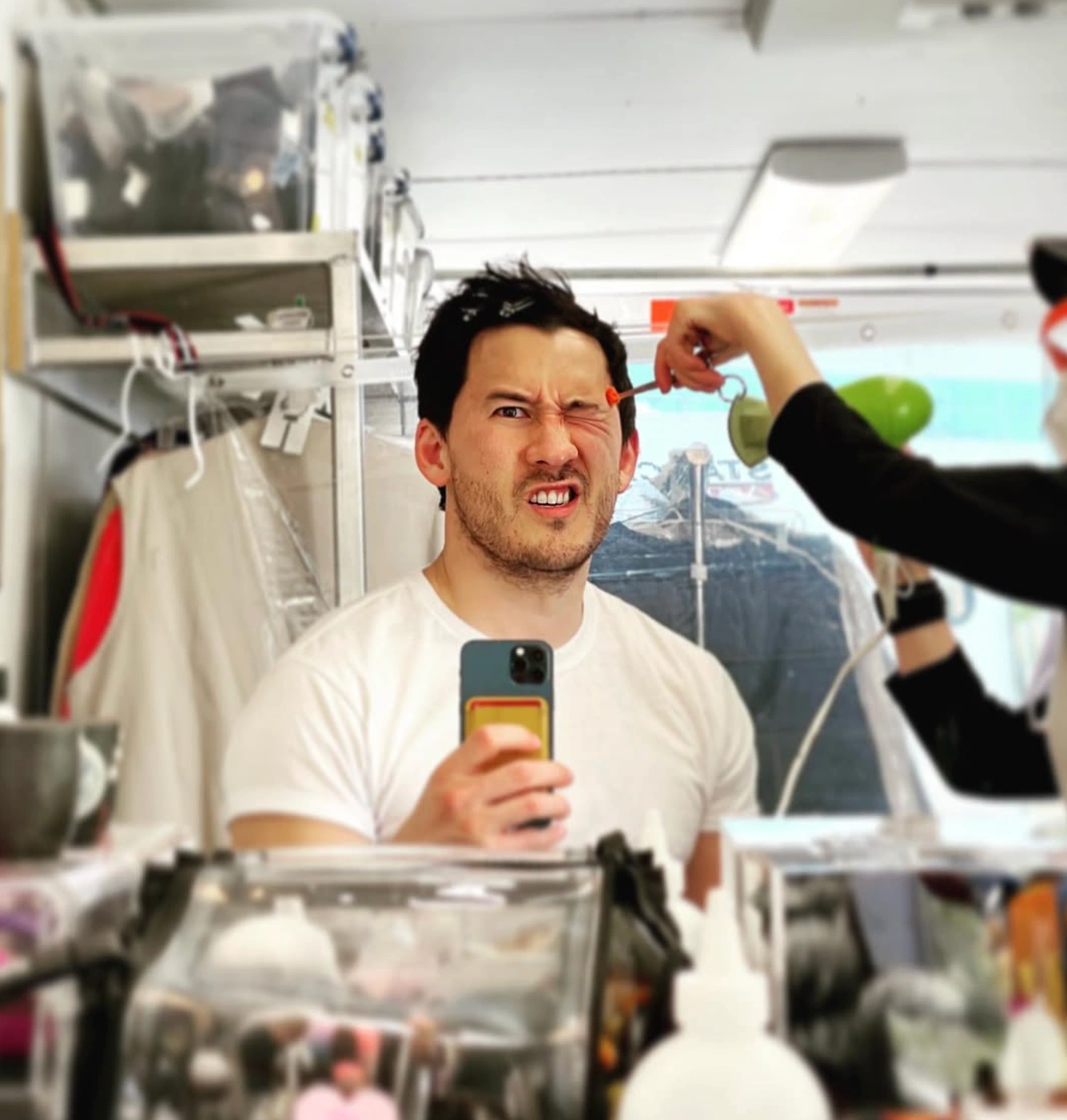
Dude Perfect — from trick shots to destination brand
Dude Perfect parlayed family-friendly trust into nine-figure funding, a new CEO, retail expansions, and a planned $100M destination park. That’s not a channel—it’s a sports entertainment business with physical footprints and a long horizon. For most successful entrepreneurial YouTubers, this is the blueprint for graduating into mainstream media and experiences. (Sports Business Journal, Variety)
- Flywheel: Content → merch → live → location-based entertainment.
- Moat: Trusted, all-ages positioning that brands love.
Michelle Phan — the comeback founder
Years after pioneering beauty on YouTube, Michelle Phan bought back and relaunched EM Cosmetics, proving creator brands can survive a pivot and thrive under founder control. Her journey sits alongside the most successful entrepreneurial YouTubers because it blends brand building, product R&D, and patient re-entry. (FashionNetwork, Allure)
- Signal: Founder-product fit matters more than first-try perfection.
- Growth levers: DTC depth and selective retail.

Youngest YouTubers turned CEOs — the kid-brand juggernauts
Ryan Kaji’s Ryan’s World scaled into toys, shows, and licensing that generated tens of millions annually while he was still in elementary school—proof that kids’ IP can be structured like a real studio. Like Nastya followed a similar path, globalizing family content into a formidable franchise with multi-language channels and eight-figure earnings. These are the clearest examples of youngest YouTubers turned CEOs (with parents at the helm) who operate bona fide businesses. (TIME, Forbes)
- Structure: Parent-run production companies, licensing, and retail.
- Safeguard: Compliance and brand safety are core to longevity.
FAQ
Who are the most successful entrepreneurial YouTubers?
MrBeast, Logan Paul & KSI, Emma Chamberlain, Dude Perfect, Michelle Phan, Rhett & Link, and Markiplier—each runs a real company, not just a channel.
What defines YouTubers with successful businesses?
They sell repeatable products, own distribution beyond YouTube, and show consistent revenue growth.
Who are the youngest YouTubers turned CEOs?
Ryan’s World and Like Nastya—kid-led franchises run through parent-managed companies with licensing and retail.
What business models work best for creator-founders?
Creator CPG (snacks, beverages, cosmetics), fashion/lifestyle labels, kids’ IP with toys, and creator-led media studios.
How do the most successful entrepreneurial YouTubers scale after launch?
They focus on retention, retail expansion, and smart line extensions from a hero SKU.
From Channel to Company
The blueprint is clear: audience → product → distribution → brand. The most successful entrepreneurial YouTubers use trust as their unfair advantage, then back it with serious operations so the business can outgrow the content calendar. Whether it’s snack bars, hydration bottles, coffee bags, cosmetics, apparel, or kids’ IP, the standouts are YouTubers with successful businesses that compound—earning shelf space, signing partnerships, and, in the case of the youngest YouTubers turned CEOs, building family-run studios that can last. This is creator entrepreneurship at full scale—and the next wave is already loading.


